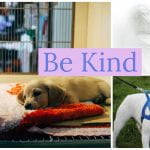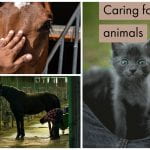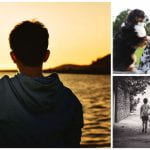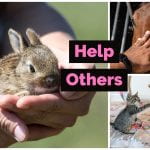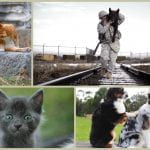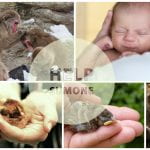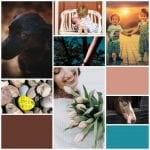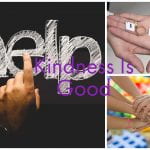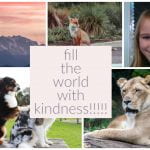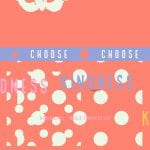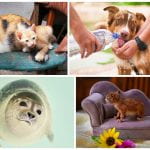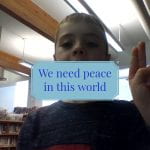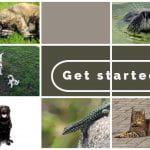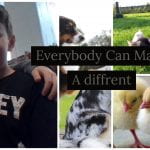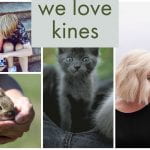As we move through our narrative writing unit we are “amping” up our writing skills, thinking about how to show emotions rather than simply tell the reader what a character is feeling.
 I told the students a story about how my daughter was excited to be going on vacation. I told the class that Mary didn’t tell me she was excited, I just knew. I then asked them to tell me how I knew. They came up with a great list of ideas that, really, are sentences that “show” Mary’s feelings.
I told the students a story about how my daughter was excited to be going on vacation. I told the class that Mary didn’t tell me she was excited, I just knew. I then asked them to tell me how I knew. They came up with a great list of ideas that, really, are sentences that “show” Mary’s feelings.
The students all agreed that these sentences were much more interesting than, “Mary was excited.”
 Next, students tried it out themselves. They looked at a picture of an angry boy and wrote sentences that “showed” how he was feeling. We came together, shared ideas and recorded them as an anchor chart.
Next, students tried it out themselves. They looked at a picture of an angry boy and wrote sentences that “showed” how he was feeling. We came together, shared ideas and recorded them as an anchor chart.
The next day, students worked with a partner to write “show” sentences on chart paper. They were instructed to keep their emotion a secret. When they came together to share their writing, the rest of the class tried to guess the emotion after reading all of the sentences. Some were easier than others. Students discovered that action sentences can show emotions, too! Students then had a chance to add more ideas to all of the charts. We’ll keep these charts handy for reference as students begin drafting their own narratives!

